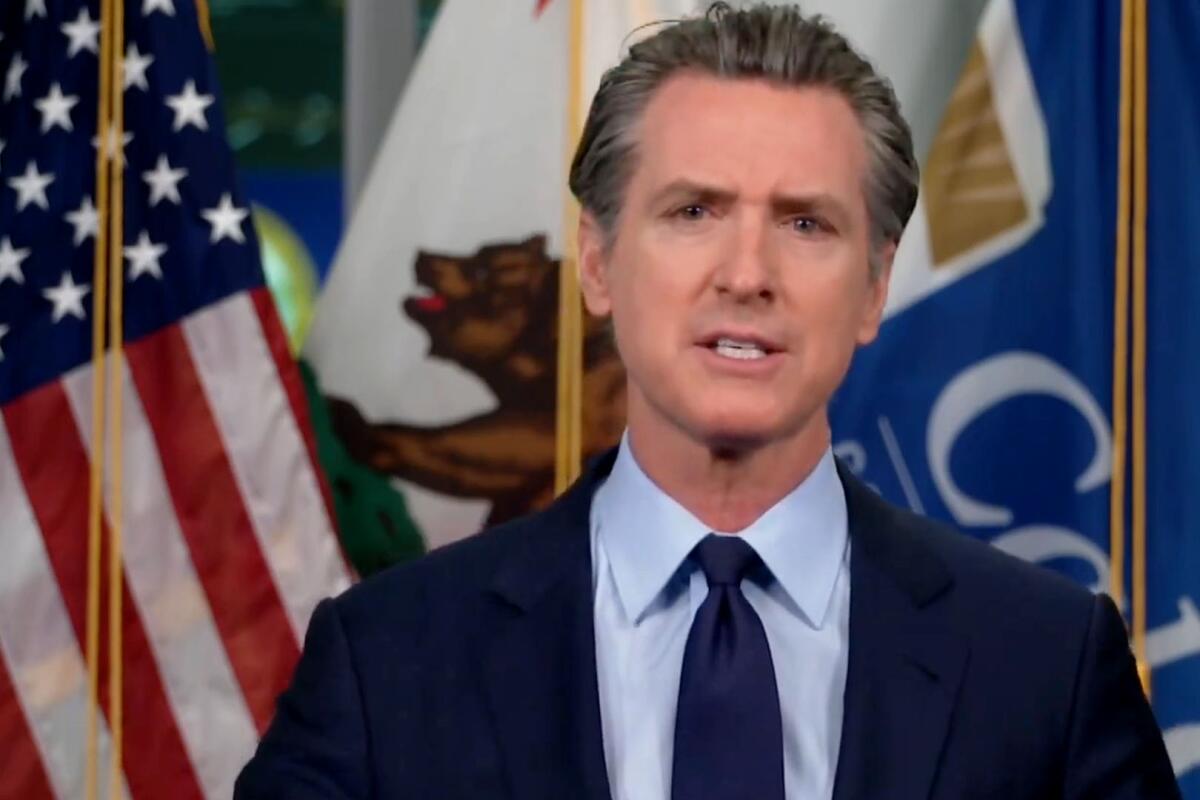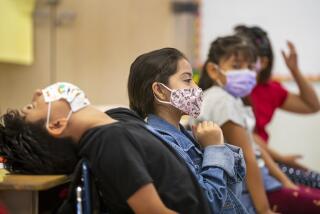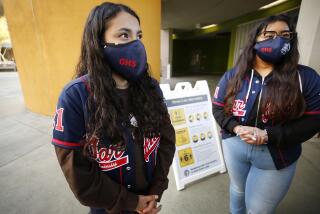Editorial: Helping poor schools reopen

Gov. Gavin Newsom unveiled a plan on Wednesday to offer elementary schools money, equipment and public tracking as a lure to get them reopened starting in mid-February. The intention is good, and the money always useful, but for the most part, the plan fails to address the major issues that are keeping remote learning in place.
School districts would receive at least $450 for each returning student, and up to $750 for disadvantaged students. The youngest students, in transitional kindergarten through second grade, would begin school in mid-February, with the rest of elementary school students returning the next month. School staff would be given high priority for vaccination.
The timetable depends, of course, on COVID-19 infection rates falling enough to make reopening safe, which would be a seven-day rate of fewer than 28 cases per 100,000 residents of a county. It also depends on districts successfully negotiating a return to school with their teachers’ unions.
Here’s where things fall apart. The unions in many California schools that were previously considered safe for reopening kept that from happening. Without a mandate from Sacramento that requires schools to reopen when infection rates are low enough, rather than encouraging them to, many will stay closed.
And though the big holiday infection surge might well fall off by February, that’s not going to occur evenly across the state. Los Angeles County isn’t expected to make it to that point. And low-income school districts like L.A. Unified face a particularly tough situation. Surveillance testing of children showed that 1 in 3 tested positive in South Gate, compared with only 1 in 25 in Venice.
It’s entirely possible that low-income schools will receive the worst of everything — no new funding, kids still stuck learning from home — while those in more affluent areas open for business and get $450 per student extra to boot.
What’s needed to equitably bring students back to school is this: A statewide requirement to reopen schools when health experts deem it safe, overruling any district labor agreements. Opening schools wherever it is possible, rather than requiring all schools in a district or county to open or remain closed depending on their infection rates. A massive expenditure in the communities where infection rates remain stubbornly high, along with lockdown rules to bring the levels down and create more equity in both health and education.
And finally, not punishing schools where rates remain too high to reopen. Instead, provide the extra funding if they reopen as soon as it’s safe.
COVID-19 itself has been enough of an obstacle to reopening schools. The state needs to sweep other obstacles out of their way.
More to Read
A cure for the common opinion
Get thought-provoking perspectives with our weekly newsletter.
You may occasionally receive promotional content from the Los Angeles Times.










